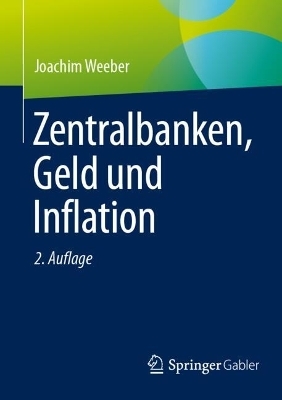
Public-Private Partnerships for Infrastructure
Butterworth-Heinemann Ltd (Verlag)
978-0-08-100766-2 (ISBN)
Captures and explains the latest approaches, providing a comprehensive all-round guide for those on both the public- and private-sector sides of the table
Emphasises a step-by-step approach within a comprehensive, cross-referenced format
Includes clear explanations of PPP evaluation, structuring and financing concepts for the benefit of those new to the topic: no prior knowledge is assumed or required
Provides detailed reference points for more experienced practitioners
Draws from the authors’ experience and practice in PPP markets worldwide to provide a perspective on practical application of the key underlying principles
Includes an extensive glossary of technical and financial terms used in the PPP sector
E.R. Yescombe has over 30 years’ experience in various forms of structured finance, including project finance, leasing, export credits, real estate and asset finance. A former banker and head of project finance in London for a major international bank, he is now an independent consultant on project finance and public-private partnerships (PPPs), advising investors on financing for power, infrastructure and PPP projects, as well as public-sector entities on PPP policy issues, project procurement and contracting. Edward Farquharson is currently an adviser at European PPP Expertise Centre (EPEC) at the European Investment Bank (EIB) with a background in the public and private sectors in financing and developing PPP projects and policies world-wide. Before joining the EIB, he was the Executive Director of the Private Infrastructure Development Group (PIDG) prior to which he led the international work at Partnerships UK and UK’s PPP national unit at HM Treasury, following a 20-year career advising on and financing projects around the world at a UK investment bank and a development finance institution. He worked on his first PPP project in 1985.
Part I: Introduction1. Overview2. What Are Public-Private Partnerships?3. Cash Flow and Investment AnalysisPart II: The Public-Sector Perspective4. Policy, Legal and Institutional Frameworks5. The Project Cycle6. Public-Sector Project Management7. Assessing Needs, Project Definition and Selection8. The PPP Decision—Value for Money9. The PPP Decision—Affordability, Budgeting and Reporting10. PPP Procurement
Part III: PPP Risk Analysis and Allocation11. Risk Analysis—Theory and Methodologies12. Risk Allocation—Construction Phase13. Risk Allocation—Operation Phase14. The Rôle of Insurance
Part IV: The PPP Contract15. Service-Fee Payment Mechanism16. Changes in Circumstances17. Termination18. Public-Sector Support for PPP Contracts19. Public-Sector Contract Management
Part V: The Private-Sector Perspective20. Sponsors and Other Investors21. Project Finance and PPPs22. Project-Finance Debt—Sources and Procedures23. Financial Structuring24. Macroeconomic Risks and Hedging25. Lenders’ Cash-Flow Controls, Security and Enforcement26. Debt Refinancing and Equity Sale
Part VI: Alternative Models – Summing Up27. Alternative Models28. PPPs—For and Against
| Erscheinungsdatum | 08.07.2018 |
|---|---|
| Verlagsort | Oxford |
| Sprache | englisch |
| Maße | 191 x 235 mm |
| Gewicht | 1260 g |
| Themenwelt | Sozialwissenschaften ► Politik / Verwaltung ► Staat / Verwaltung |
| Wirtschaft ► Betriebswirtschaft / Management ► Finanzierung | |
| Wirtschaft ► Betriebswirtschaft / Management ► Planung / Organisation | |
| Wirtschaft ► Volkswirtschaftslehre ► Wirtschaftspolitik | |
| ISBN-10 | 0-08-100766-3 / 0081007663 |
| ISBN-13 | 978-0-08-100766-2 / 9780081007662 |
| Zustand | Neuware |
| Haben Sie eine Frage zum Produkt? |
aus dem Bereich


